What is Oyster Sauce, What Does It Taste Like? And How Do You Cook With It?
A must-have ingredient in Asian cuisine, oyster sauce is a dark, viscous oyster extract that adds a mouthwatering umami—not fishy—flavor to a variety of dishes, including soups, marinades, and stir-fries.
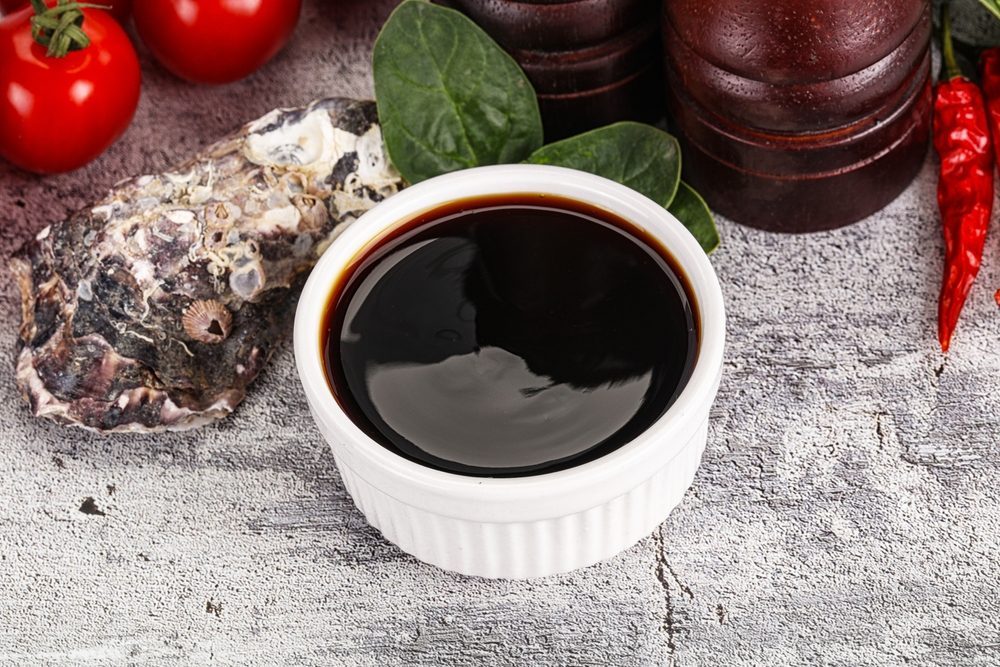;Resize,width=742;)
Less common in Western homes than soy sauce, you've probably tasted it in some Chinese restaurant in a wide variety of recipes. Oyster sauce is in fact a true cornerstone of Asian cuisine – including China, the Philippines, Vietnam, Thailand – used to add depth of flavor to dishes of stir – fried vegetables, noodles, and marinades. Its appearance is reminiscent of caramel, viscous and dark, while its taste recalls the famous umami, the ace in the hole of Far Eastern gastronomy. Let's get to know it and see how to make the most of it in the kitchen.
What Is Oyster Sauce, How Is It Made and What Does It Taste Like?
Legend has it that oyster sauce has a “father”, a place and a specific year of birth. It is 1888, in the Guangdong province of China and Mr.Lee Kum Sheung lets the oyster broth he was cooking in his restaurant cook for too long. A mistake that turns out to be a stroke of luck, as he obtains a thick, dark brown sauce, with a unique and intense flavor, in perfect balance between sweetness and saltiness. A preparation discovered by chance that becomes his trademark, so much so that he founds a company to sell it: even today the Lee Kum Kee brand is known for being one of the largest producers of oyster sauce in the world . But how is it made? The traditional method involves slowly cooking the oysters in water until an extract is obtained that is mixed with sugar, salt and often corn starch. Vinegar and soy sauce can also be added: in the end the sauce must have a viscous texture, like a syrup.
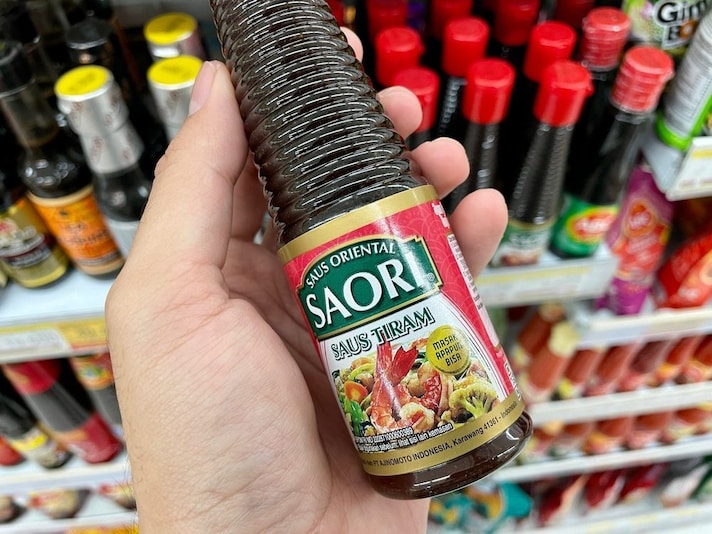
On the palate it does not taste distinctly “fishy”, but the taste is close to umami, therefore pleasantly savory. In commercial versions, to keep costs low, but replicate the characteristic aromatic profile, the same modification that truffle oil is a victim of can occur , that is, the oyster extract is replaced or integrated with artificial flavors. If you want to buy it, therefore, read the label carefully, make sure that no additives are used and do not choose bottles with rock-bottom prices, because in any case you can find good quality ones for around 15-20 dollars for about 500 ml. To give the same sensations to the taste buds of those who follow a vegetarian and vegan diet, over time alternative variants have been developed that often see Asian mushrooms – such as shiitake – among the main choices for providing umami.
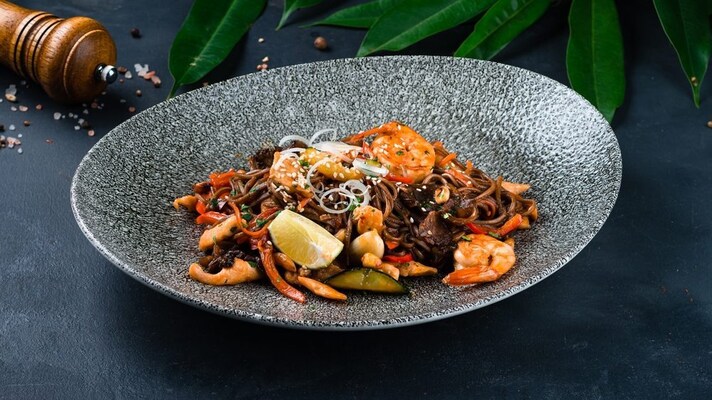
How to Use Oyster Sauce in Cooking
Oyster sauce is incredibly versatile. It is used in a wide range of dishes, both as a raw condiment and as a key ingredient in classic recipes. In China, for example, it flavors vegetable side dishes such as stir-fried pak choi.
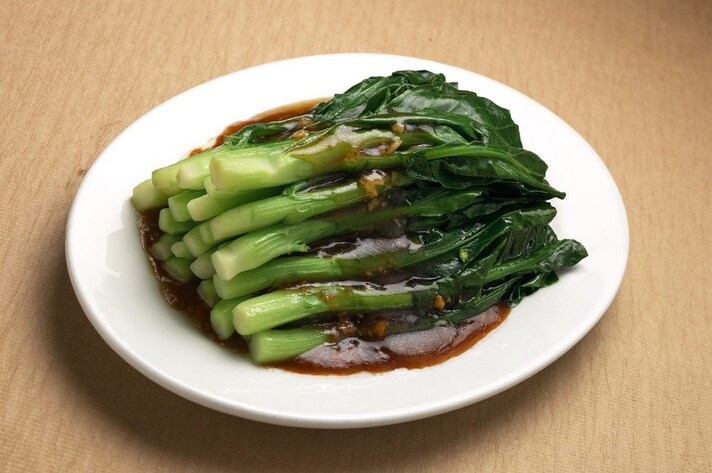
In Thai, Filipino and Vietnamese cuisines it pairs perfectly with dry noodles or in soups. It is (almost) never missing in stir-fry cooking, because a teaspoon mixed with soy sauce and sesame oil is enough to give an irresistible boost of flavor. It is also a "secret" ingredient for marinades of meat (beef, chicken, pork), fish (prefer white fish or salmon) enriched with garlic, ginger, lemongrass or chili pepper, but also for brushing grills and roasts, creating a shiny glaze on the surface. In addition, it can be used as a trick to give a special touch to mayonnaise or to enrich a classic pan of vegetables.
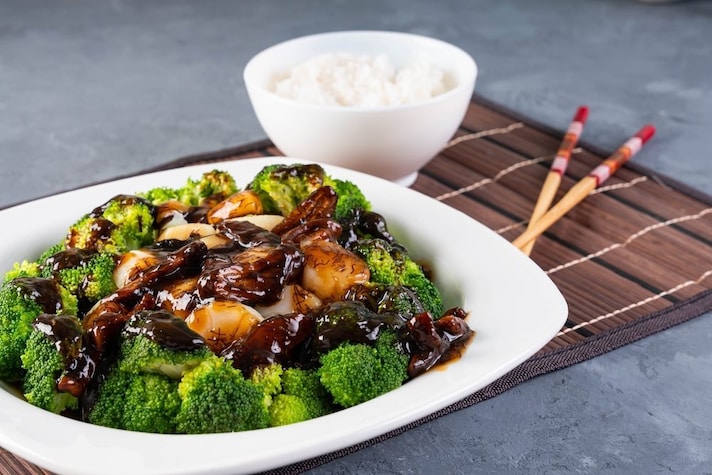
Oyster sauce can be bought online and in Asian markets, although some grocery stores may have it in the ethnic foods section: once opened, it can be kept in the refrigerator and it is recommended to consume it within a month or a month and a half.
;Resize,width=767;)

;Resize,width=712;)
;Resize,width=712;)
